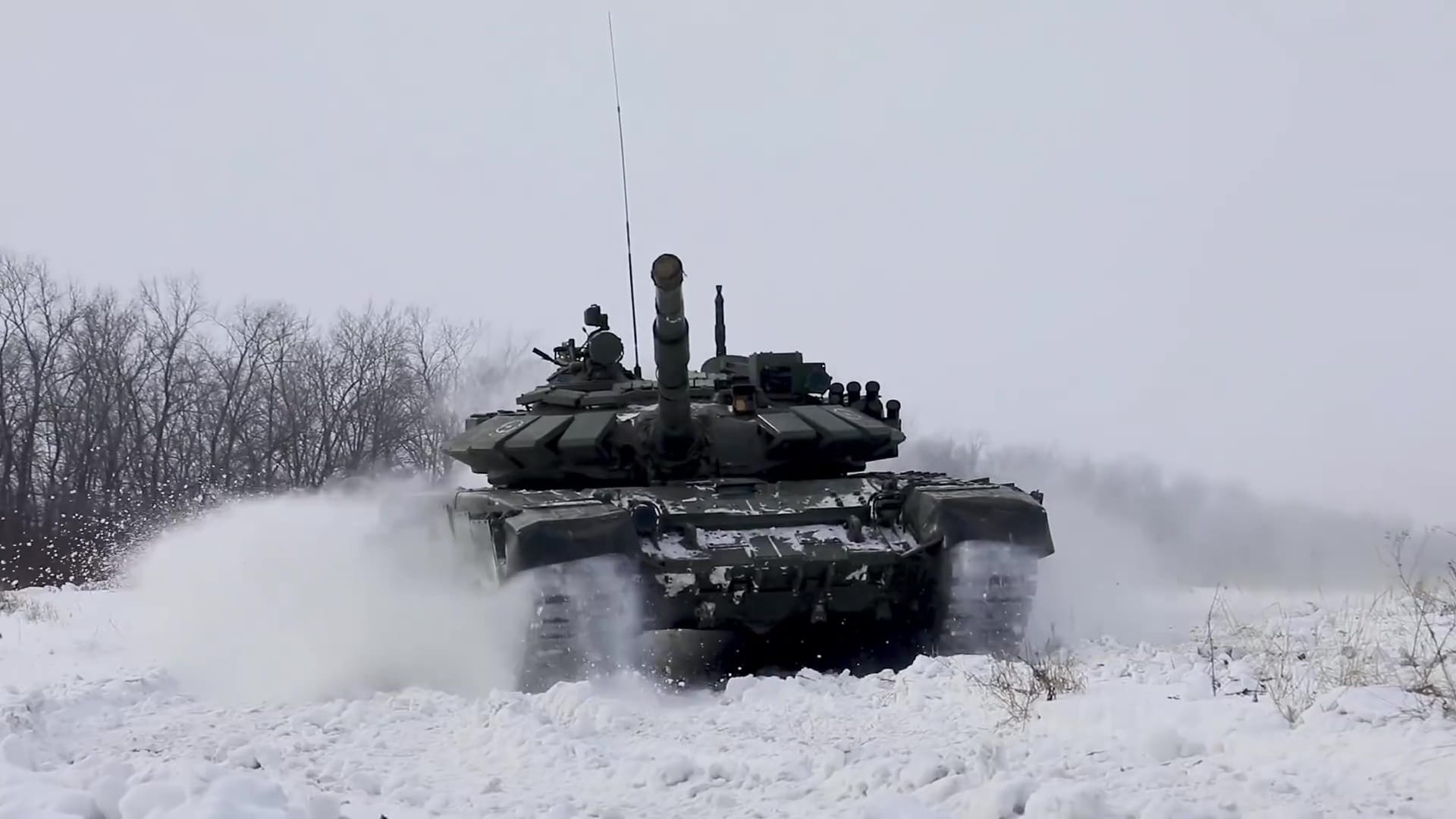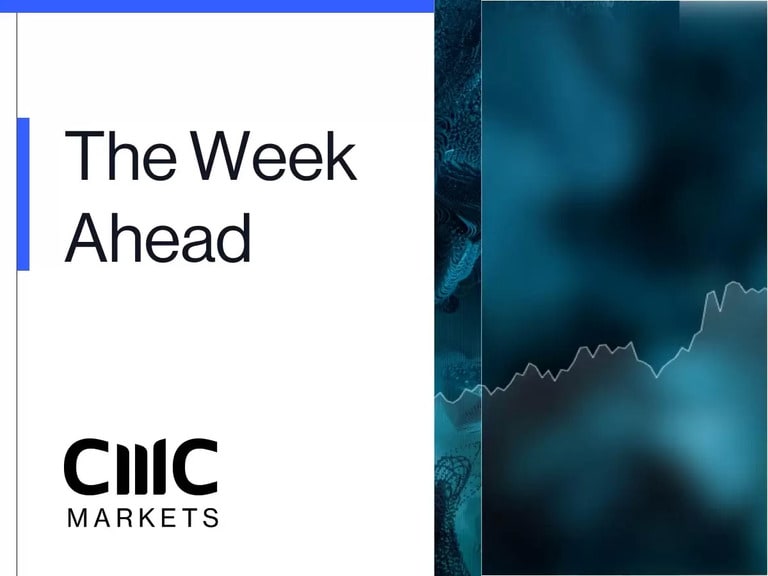European markets look set to start the week slightly higher despite tensions on the Ukraine, Russian border ramping up further over the weekend.
The move into positive territory only came about due to an agreement in principle for US President Biden, and Russian President Vladimir Putin to meet to avert a further slide into hostilities. The meeting was agreed on the basis that Russia stays out of Ukraine.
With markets already on edge at the end of last week, the increase in tensions over the weekend has merely served to put further downward pressure on markets, as violence in the eastern part of Ukraine ratchets up a notch.
It would appear that separatist forces in the Donbas region, keen to get Russian troops into the conflict are attempting to goad Ukrainian forces into a retaliatory response by firing on them by way of mortar rounds, and artillery shells, as well as other insurgency style tactics.
Tensions haven’t been helped by the announcement by Belarus that 30k Russian troops, which had been taking part in military drills in the last few weeks, would stay in the country indefinitely.
On Friday, reports that separatist leaders in Eastern Ukraine were evacuating their citizens in the region into Russia for their own safety, added to concerns that the timetable to escalation was being stepped up.
There was some hope at the end of last week that further escalations might be averted after a meeting was agreed for this week between US Secretary of State Anthony Blinken, and Russian Foreign Minister Sergey Lavrov. This is still due to take place on Thursday where the details of the Putin, Biden summit will also be thrashed out. That announcement was soon taken over by events on the ground in Ukraine, as well as escalations that we’ve seen over the weekend.
Meanwhile diplomatic efforts have continued with French President Macron helping to persuade Russian President Vladimir Putin to discuss how to stop events in eastern Ukraine running out of control and trying to broker a ceasefire.
Whether this happens or not is open to interpretation given that France claimed that President Putin had assured President Macron that Russian troops would be leaving Belarus once the military exercises had been completed, a claim that has since been denied by Belarus.
Russia continues to deny that it has any plans to invade Ukraine, however its actions along Ukraine’s borders paint a very different picture. Having said that, if Putin was intending to invade, giving your enemy plenty of warning to dig in and prepare is a sure-fire way to ensure that you suffer way more casualties when you do go in, than you would from a surprise attack. Then again, maybe he doesn’t care?
Whatever happens investors aren’t talking any chances, with money going into havens like gold and US treasuries, sending US 10 year yields back below 2% for the second week in succession.
Oil prices rather surprisingly fell to their first weekly decline since mid-December, despite hitting a 7 year high earlier in the week. The reason for the fall appears to be optimism that a deal with Iran to allow it to sell its crude oil back onto the market might be close, prompting a pullback from the move higher towards $100 a barrel.
As we look ahead to this week, the macro picture remains fairly low key, with US markets off for President’s Day today, the only US data of note is later in the week, with US PCE inflation data, as well as personal spending and income for January.
As far as European data is concerned, we do have the latest flash PMIs from Germany, France, the UK and US for this month.
The outlook for the French and German economy continues to look uncertain, although after a weak December the German economy did see a modest bounce back in January.
In December German services activity slipped into contraction territory, and its lowest level since February last year, as the German economy struggled with the twin challenges of a disjointed regional government response when it comes to restrictions, and sharply rising Delta outbreaks. We saw a modest rebound in January to 52.2, while in France services activity slipped back to 53.1.
While the services sector has struggled, German manufacturing activity has proved to be more resilient, pushing up to 59.8 in January.
These German economic numbers, while favourable, don’t chime with the industrial production and factory orders numbers which have been poor.
Last month the Federal Statistics office estimated that the German economy had shrunk by between 0.5% and 1% in the final quarter of 2021, well behind its peers in France and Italy, due to supply chain disruptions, and higher energy costs, as well as high Covid infection rates.
Economic activity has proved to be a little better in France with both services and manufacturing activity remaining steady over the past few months. This trend looks set to continue, although virus levels have been high in the past few weeks, which might constrain the services sector.
In the UK, December saw a sharp fall in services sector activity, to 53.6 from 58.5 in November, a move that saw a slight recovery in January, despite the Plan B restrictions which were brought in by the UK government half way through the month due to concerns about the Omicron variant.
The restrictions on the hospitality sector clearly hit pubs and restaurants, as well as some retail outlets, but we still saw a recovery to 54.1.
With the gradual lifting of restrictions midway through January we could see a further rebound to 55.5 although it is likely to be tempered by caution over the rise in the cost of living.
Manufacturing activity in the meantime was steady, slipping modestly to 57.3, however selling price inflation has remained at record levels, a trend that looks set to continue. On the bright side new orders and employment also rose, with the hope that this will continue into Q1.
EUR/USD – currently struggling to move beyond the 1.1420 area, which would then retarget the highs at 1.1485. A move below 1.1270 retargets the lows this year at 1.1120.
GBP/USD – failed at the 1.3640 area last week, with resistance just above at the 1.3720 area and 200-day MA. Support comes in at trend line support at 1.3440, from the December lows, as well as the 50-day MA.
EUR/GBP – continues to slip lower, with resistance at the 0.8410/20 area. While below 0.8420, the bias remains for a to a retest of the 0.8280 lows earlier this month.
USD/JPY – support currently at the 114.70 area. If we drop below the 114.70 area, we could slip back to 113.80. Resistance currently at 115.80.
Disclaimer: CMC Markets is an execution-only service provider. The material (whether or not it states any opinions) is for general information purposes only, and does not take into account your personal circumstances or objectives. Nothing in this material is (or should be considered to be) financial, investment or other advice on which reliance should be placed. No opinion given in the material constitutes a recommendation by CMC Markets or the author that any particular investment, security, transaction or investment strategy is suitable for any specific person. The material has not been prepared in accordance with legal requirements designed to promote the independence of investment research. Although we are not specifically prevented from dealing before providing this material, we do not seek to take advantage of the material prior to its dissemination.






